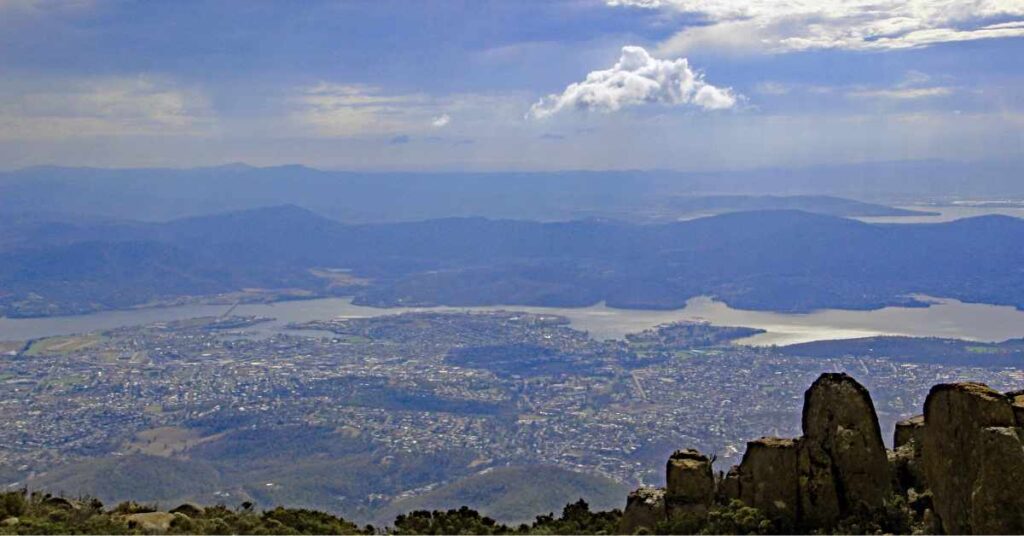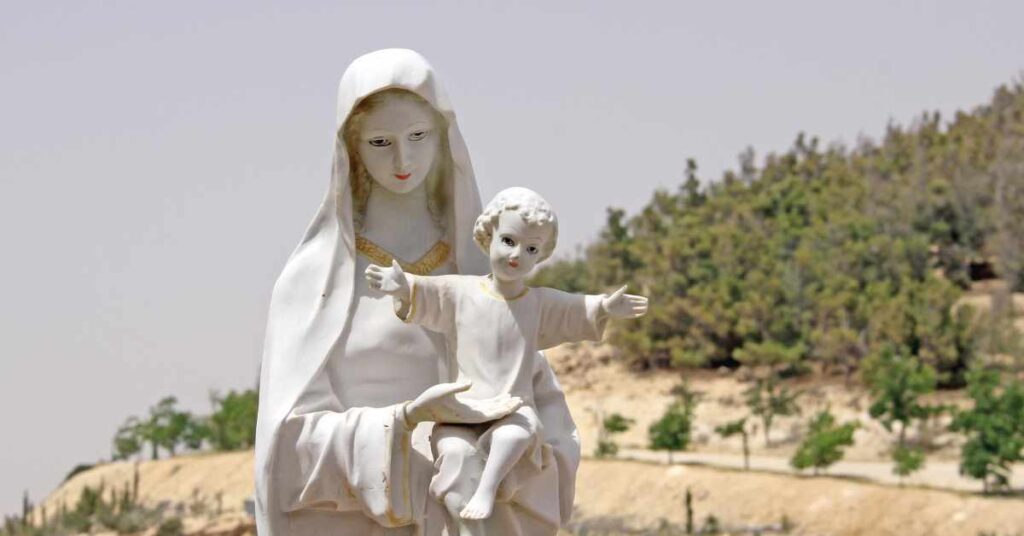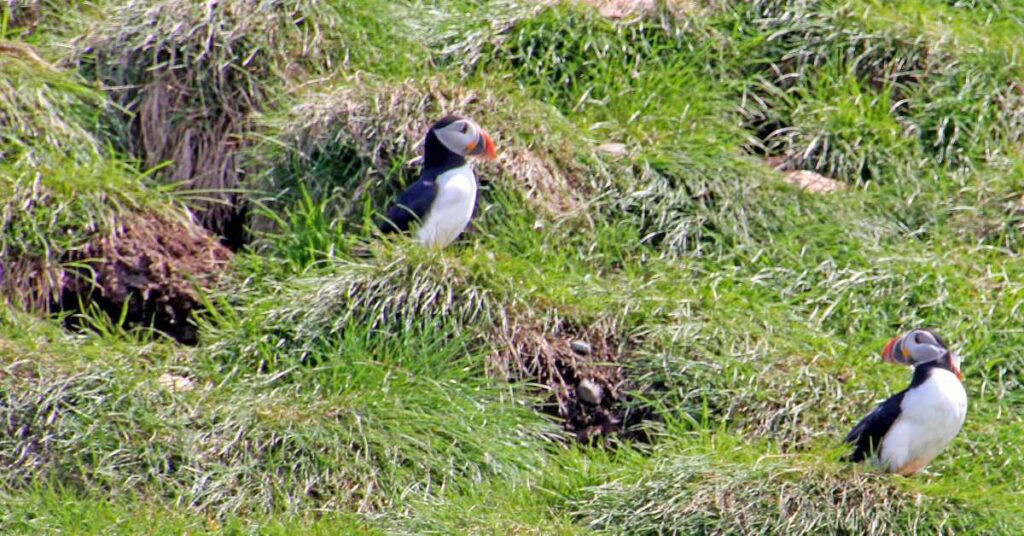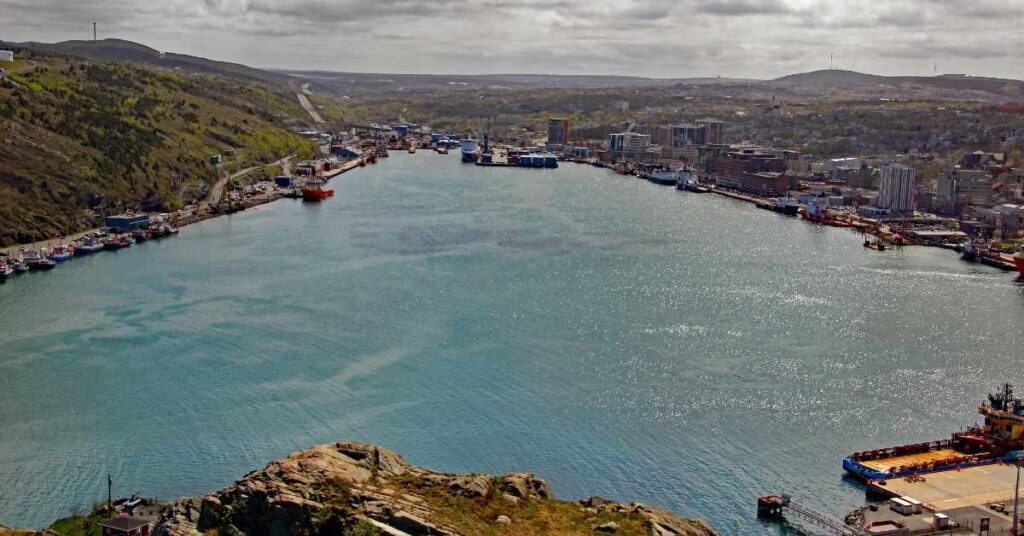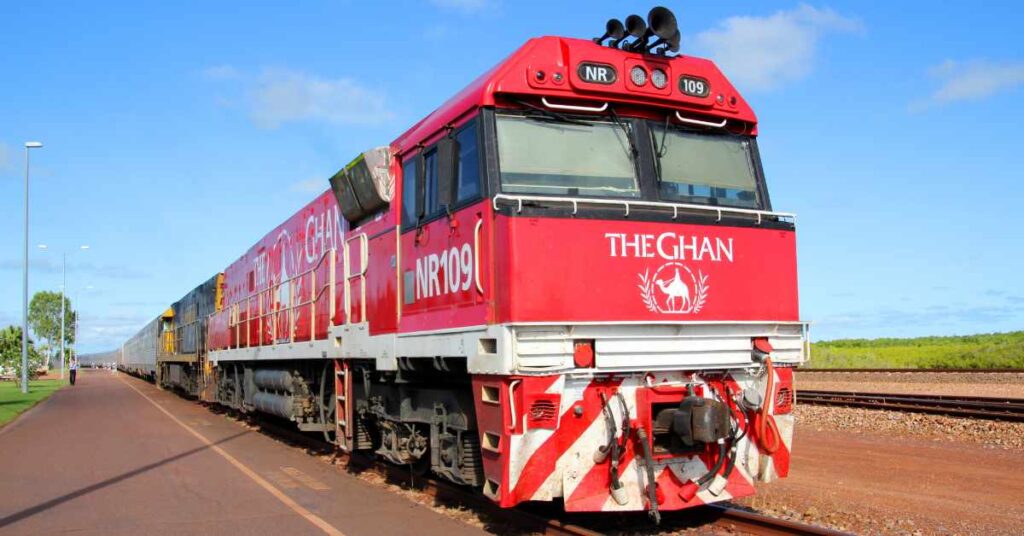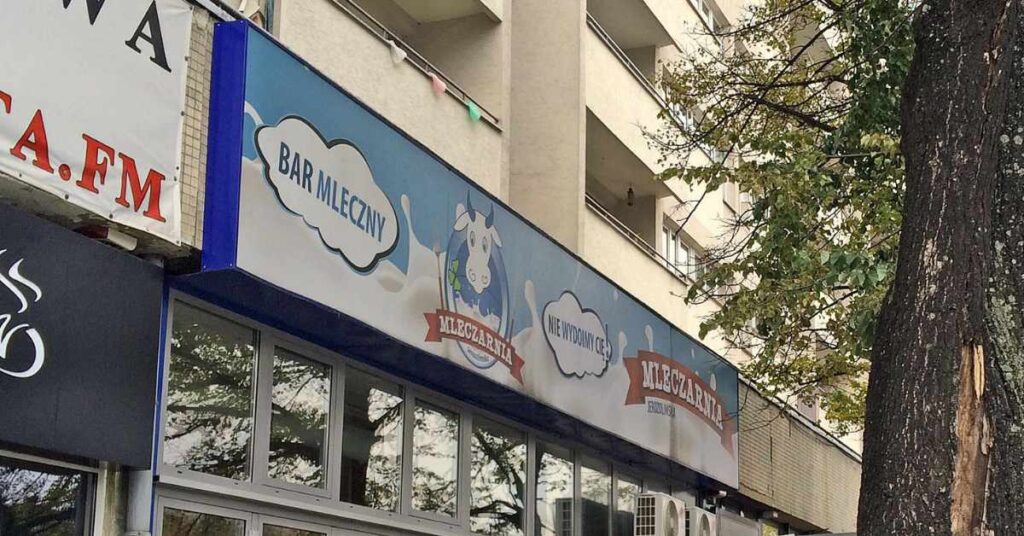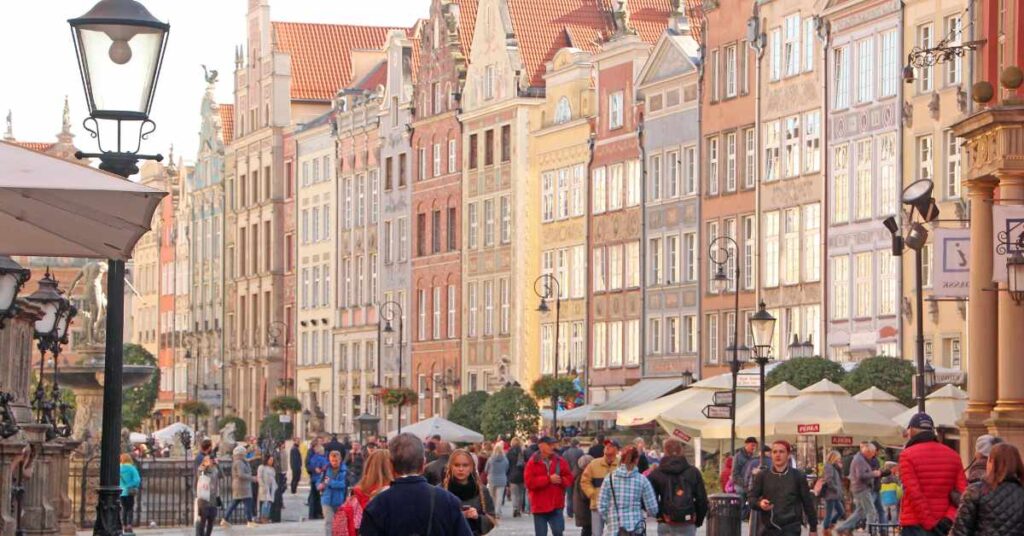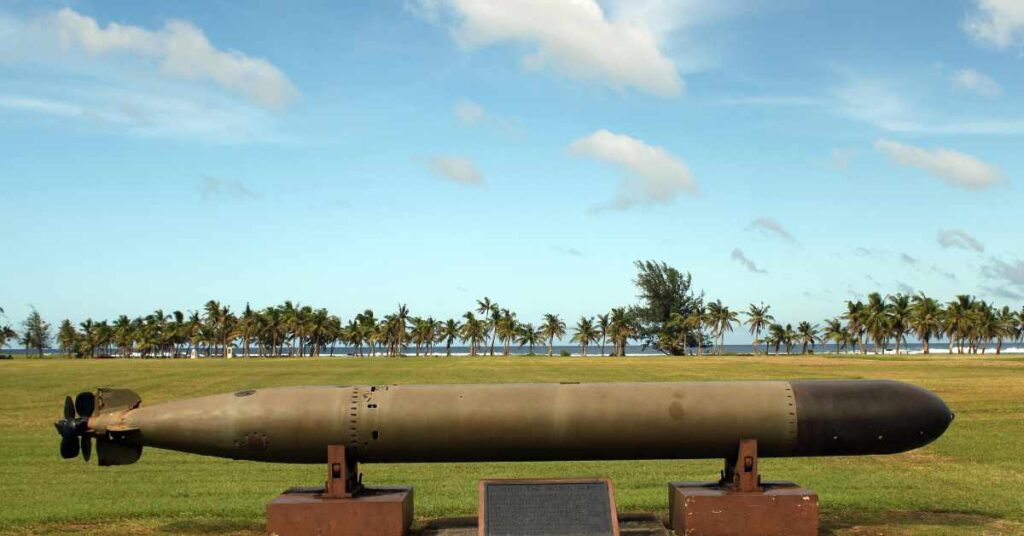A Short Stay in Tasmania
A short stay in Tasmania “You’ve found the Jewel in the Crown,” the docent at Narranya Heritage Museum said when I told her I was in Tasmania for the first time. Much to do, you should come back, she advised. She was right. With not quite four days I was going to miss a lot. Just the half-mystical name Tasmania was almost enough to draw me there. I flipped through a glossy magazine and saw an ad for The Friends’ School in Hobart – “Leading edge school on the quiet rim of the world.” Another reason that I came. The quiet rim of the world, next stop Antarctica. Quiet maybe, but there’s plenty to do and I didn’t get to it all. And if I’d come just a few days later, Spiegeltent Hobart 2016, part of an annual arts festival, would have been on. But I did the two things at the top of my list – a ride to the summit of Mount Wellington and an ocean excursion. And I had time to roam around Hobart. Settling into Hobart I chose to stay in Hadley’s Orient Hotel because it’s in the center of Tasmania’s capital Hobart, and it’s a historic site. For one thing it’s where Roald Amundsen came incognito in 1912, after beating Robert Falcon Scott to the South Pole, keeping under cover until he could telegraph the news to his sponsors and the King of Norway. He telegraphed from the main post office, which still is Hobart’s main post office. He complained that he hadn’t been treated well at Hadley’s. But think what he must have been like after all that time without a bath, and concealing his identity, too. The hotel made amends. Hobart is one of Australia’s driest state capitals, which surprised me, with it being green and almost on the ocean. But that aridity doesn’t mean the sun shines all the time so I usually had a small travel umbrella with me. I was rained on only once, and that was just after I’d bought takeaway pizza down in the Salamanca district. It was such a short walk that I went umbrella-less, and just as I headed home to the hotel, the rain started. So I stopped under a market umbrella in front of a café and ate the whole pizza standing. The pizza and rain were done about the same time. Hobart is way down there Ascending Mount Wellington Mount Wellington rises 4,100 feet from sea level, right over Hobart. It’s a park and nature reserve with many recreational options but I only wanted to stand on top. I booked a half day “tour” of Mount Wellington, having no intention of driving it myself. Our congenial driver said tourists are a menace. They cling to the side and creep. “Look, there’s one,” he said once, as we passed a small red car with a panicky looking driver. It’s not the most frightening mountain drive I’ve ever taken but it’s dramatic enough with no shoulder and Hobart and the Derwent estuary way down there. If 4,100 feet doesn’t sound like much, it’s still a long way up when you’re looking over the edge. It was warm down in Hobart but cold and windy on the summit. There were a few high clouds and others picturesquely just below us as we stood on top. Jackets were zipped and hoods secured. There were a lot of people up there, though not a crowd. Many were in the enclosed lookout while others of us walked rocks and walkways. I was a little afraid of being blown off so I held onto walkway rails or stood away from the edges. I seem to be grimacing in my selfies. And as I headed back to our van, it was stop-you-in-your-tracks windy, like a dream with my legs moving but going nowhere. A man nearby was pushing against the wind like me. It made us laugh. If all you do is admire the view, it’s worth the trip. And even if you go in summer, take your layers. Tasman Island Cruise About the first thing I did when I got settled was sign onto the Tasman Island Cruise at the Pennicott Wilderness Journeys’ office on the harbor. My head was stuffed with a mash-up of allusions to Finding Nemo, The Narrative of Arthur Gordon Pym, European voyages of discovery from Abel Tasman on. Polar explorers launching from Hobart. That’s OK. Imagine what you want to. Riding the East Australian Current, being on the Tasman Sea, looking out to the Southern Ocean, this was it. I know nothing about boats and can’t swim. But the company gave us a thorough safety briefing and outfitted us in waterproof garments something like a zip-up monastic habit in red. Or a long bag with a hood. They counseled how to avoid seasickness. Thus I embarked on my trip from Eaglehawk Neck to Port Arthur in our little purpose-built, open-air boat. It was a sunny day. The swell was average for the Tasman Sea, just a few meters. The water was black, then blue, then frothy turquoise near the rocks and cliffs. Bait fish were boiling up and birds fed in frenzy. A white-bellied eagle sat high on a cliff face watching. Tasman Island Once when we stopped to observe a seal colony, we saw hundreds of jellyfish medusas just below the surface. There seemed to be southern albatrosses everywhere. Our captain said this would be the only time some of us (like me) would see them because they spend all their lives at sea. Then whoosh! A big albatross flew right across our bow. Whew. Our captain said it would have been awfully bad luck to collide. I’ve read the “Rime of the Ancient Mariner” and I know. There we were amongst the albatrosses, shearwaters, gulls, cormorants, eagles. And the fur seals. Not the pesky harbor seals, but the ones that were hunted to near extinction, sunning on rocks or lying prone in
A Short Stay in Tasmania Read More »

